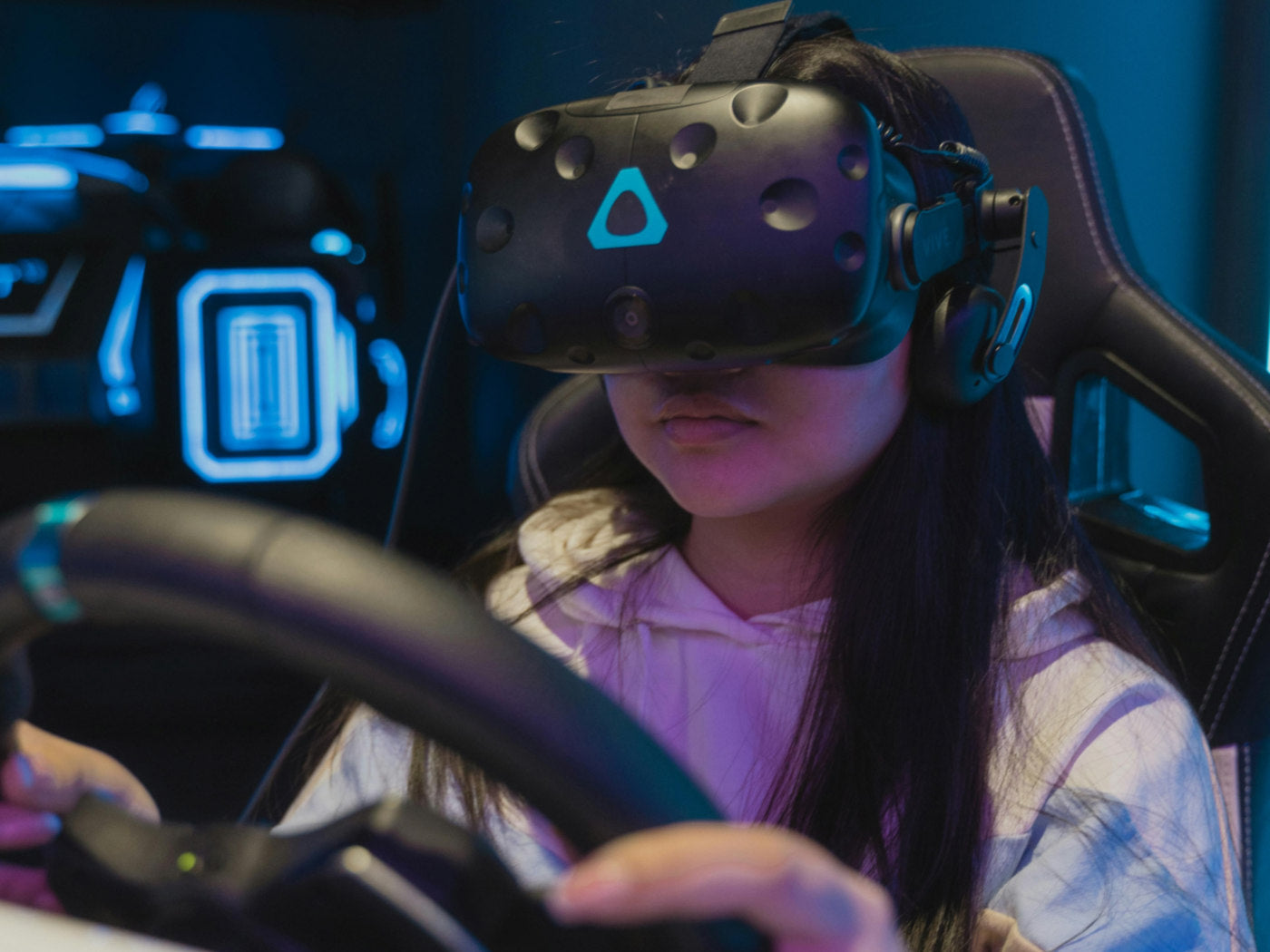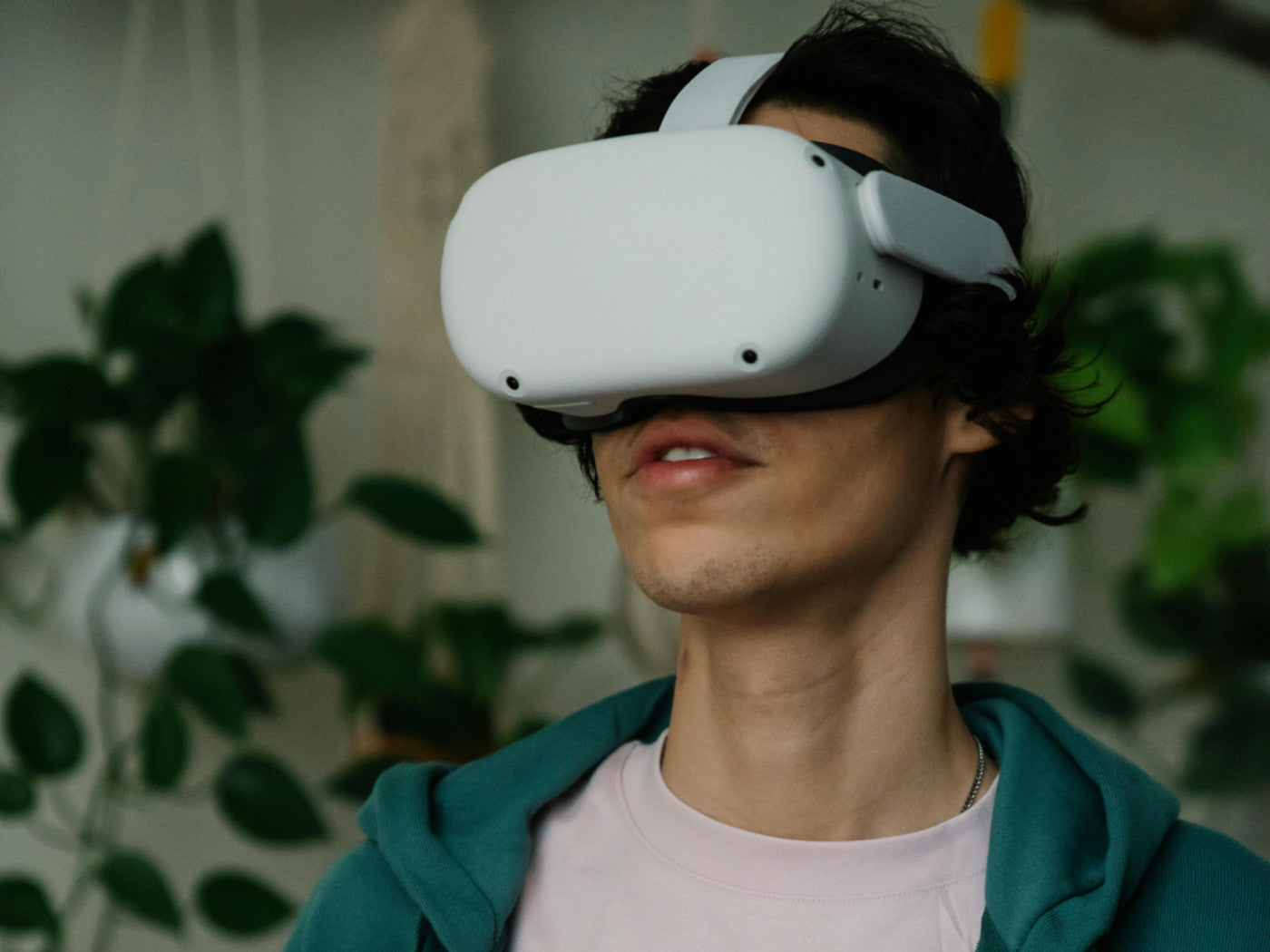Virtual Reality (VR) has changed the face of how we consume digital content, transporting us to vibrant realms. Yet, this enhanced user experience may also cause eye stress. The fundamental reason is the close distance of high-resolution screens within VR headsets to the retina.
This close proximity puts much stress on the eyes, resulting in such symptoms as eye pain, headache, and neck ache. Although VR brings new perspectives, it is important to understand what contributes to eye strain in order to counteract it with appropriate measures.
How to Identify Eye Strain from Prolonged VR Use

After long use of VR, including devices such as the Meta Quest 3, eye strain may result in numerous signs that users should pay close attention to. Knowledge of these symptoms is fundamental for timely intervention and maximum eye health.
Common Symptoms
- Sore Eyes. The most common sign of eye strain caused by VR is eye pain or discomfort. Eye strain can lead to one’s eyes feeling tired or achy after the VR session.
- Headaches. Exposure to VR environments over a long period of time can lead to headaches. These may be manifested during or after the use of VR, indicating a potential risk factor for eye strain.
- Neck Aches. VR’s immersive character makes people move their heads constantly. As a result, chronic neck motions are painful and can go beyond the site of injury to.
Though most of these symptoms are transient and reversible, it is important to realize the potential negative consequences that can stem from using a VR headset. Temporarily users will suffer from vision impairment, distance misjudgments, and eye spasms. While these effects may be uncomfortable, they usually become manageable after a good sleep.

This condition may result in heterophoria — a disorder when the eyes point in different directions at rest if left untreated for long. To maintain the healthy condition of your eyes while you use VR it is necessary to implement preventative measures and identify symptoms early.
RELATED: Is VR Bad For Your Eyes? What You Need to Know About the Impact Of VR on Your Vision
Preventive Measures for VR-Related Eye Discomfort
Calibration of display settings is an inseparable part of minimizing VR-associated eye fatigue. Optimal settings enable the visual components to meet your eyes’ comfort and save them much of their focusing power. Additionally, personal adjustments to brightness, contrast, and color can greatly enhance the viewer’s comfort level.
Therefore, VR sessions can be quite engaging and this is more the case with devices such as Meta Quest 3 which may make people forget time. Nevertheless, prolonged use of VR may cause eye fatigue and strain. One simple but effective method that can help to reduce this stress is by taking regular breaks.

These are some of the measures that can be used to relieve eye muscle strain after a VR session:
- Blinking Exercises. Users are recommended to try intentional blinking during and after a VR session. Blinking moistens the eyes, thereby avoiding dryness and discomfort.
- Palming Technique. Gently rub your palms together to generate warmth, then cup them over closed eyes without applying pressure. This technique can soothe tired eyes and promote relaxation.
- Eye Massage. Use the fingertips and gently massage around your eyes in circular motions. This can help relieve the tension and lessen eye fatigue.
- Deep Breathing. Practice deep breathing exercises to enhance oxygen flow to the eyes, promoting relaxation and reducing post-VR session fatigue.
- 20-20-20 Rule. Following the 20-20-20 rule, take a break every twenty minutes to look away from your device and at something approximately twenty feet ahead of you. This method reduces the eye fatigue and strain arising from long use of VR.
Adjusting Your VR Setup for Optimal Eye Comfort
1. Headset Placement
Place the VR headset on your face to balance its weight. The aim is to prevent overstraining specific regions, thus developing ease in long use.
2. Strap Adjustment
Adjust the head straps for an efficient yet comfortable fit. If the straps are too tight, this may cause some discomfort while those that are too loose can be unstable for use. It is also essential to find the right equilibrium for sustained comfort. Consider using an elite strap for a comfortable VR game session.
3. Pupil Alignment
Adjust the lenses towards your pupils to maintain a clear vision. Misalignment may lead to eyestrain and fuzziness of vision. Align according to the manufacturer’s manual based on your eye location.
4. Interpupillary Distance (IPD) Settings
Change the IPD settings of your VR headset to correspond with your eye separation. The proper setting of IPD improves one’s ordeal and decreases the eye irritation that is caused by inappropriate alignment.
RELATED: How to adjust the PD (Pupillary Distance) of Pico 4 VR headset?
5. Lens-to-Eye Distance
There are some VR headsets that allow the users to adjust lens distance from their eyes. The lens-to-eye distance is critical in achieving the best visual clarity and overall comfort.
6. Ventilation and Cooling
Ensure proper ventilation to prevent the headset from becoming too warm during use. Overheating can contribute to discomfort and eye strain. Choose a well-ventilated environment and take breaks to allow the headset to cool if needed.
7. VR Prescription Lenses
Consider using VR prescription lenses for enhanced comfort. These lenses are designed to be inserted into your virtual reality headset, so you can see clearly without glasses. The prescription for VR lenses can drastically improve eye comfort and minimize the level of discomfort a person might experience while wearing regular glasses inside a VR headset.
RELATED: How To Read The Prescription When Buying VR Prescription Lens Inserts
Recommended VR Accessories:
1. ZyberVR Quest 3 ZERO Elite Strap
2. ZyberVR Quest 2 Prescription Lenses
3. ZyberVR Quest 3 ACE Elite Strap
4. ZyberVR VR Prescription Lenses
Conclusion
Practical tips, proper adjustment of the VR headset for optimum comfort, and awareness regarding eye strain can help users use its world without compromising their vision. Including these approaches to the VR routines, we are able to go on a visual trip that is not only attractive but also focuses on our long-term eye health.





